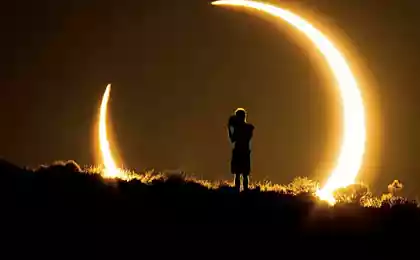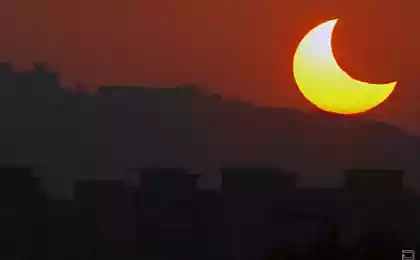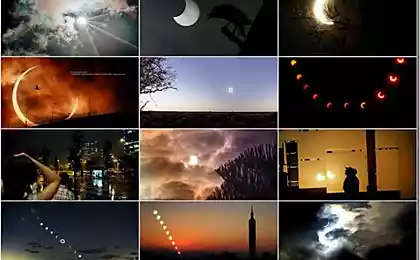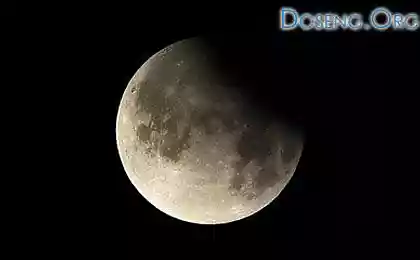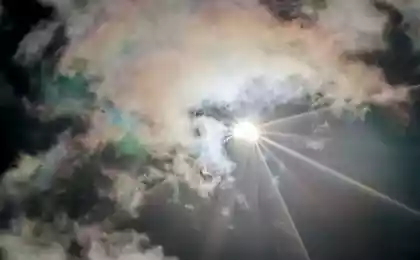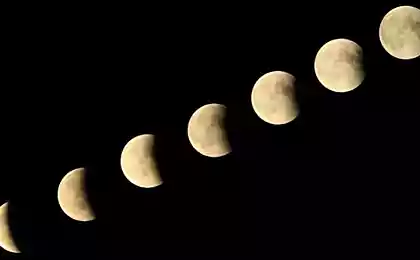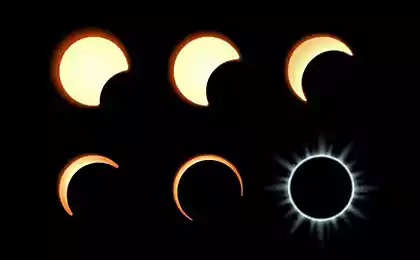866
Photos and videos annular eclipse
The eclipse can be observed in the 300-kilometer stretch, crossing central Africa, through the Indian Ocean, the southern region of India and northern Sri Lanka, as well as part of Bangladesh and Myanmar.
At the heart of the way the eclipse lasted 11 minutes and eight seconds, setting a record that will not be broken until 23 December 3043 year. The weather was favorable in many areas, providing excellent conditions for observation. I present to you some photos and videos of Daniel Fischer, who was in Varkala, India, and another group called Eclipse Hunt 2010 (eclipse chasers), to observe the phenomenon from Jaffna, Sri Lanka.
Annular solar eclipse of January 15, 2009. (Photo: Daniel Fischer, «cosmos4u» on Twitter, Elipse Hunt 2010). These pictures are made in the north of Sri Lanka. Photographers Shehal Joseph and Anthony Romain. They used a telescope Celestron NexStar 5se 1, 25m, and a notch filter.
Ring of Fire

Solar eclipse 2010

Solar eclipse 2010
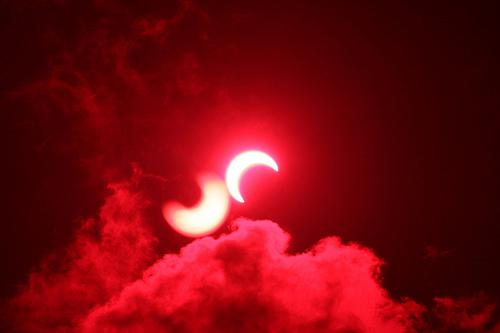
Solar eclipse 2010
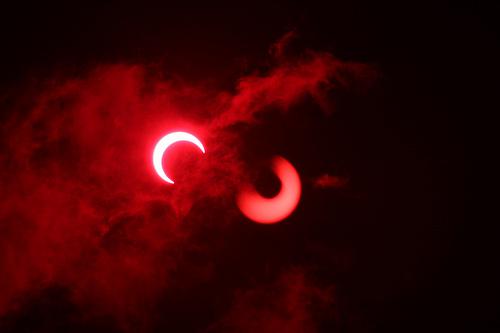
Solar eclipse 2010
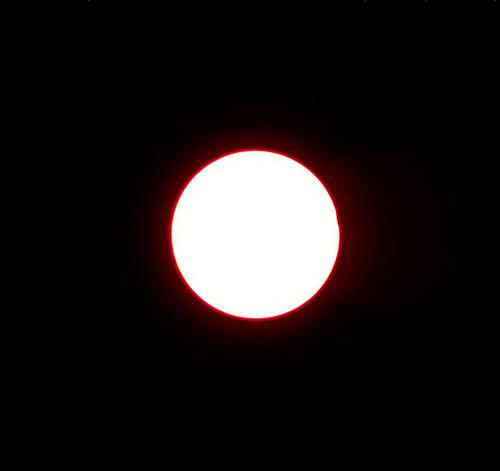
Solar eclipse 2010
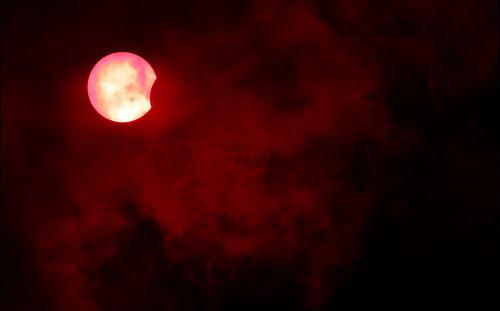
Solar eclipse 2010
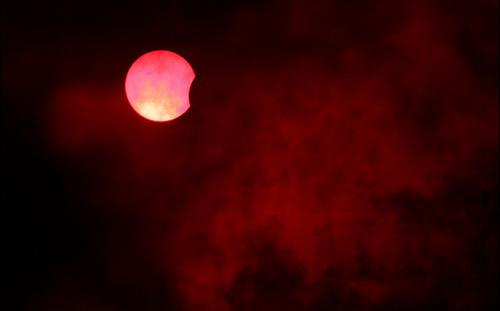
Solar eclipse 2010

Solar eclipse 2010
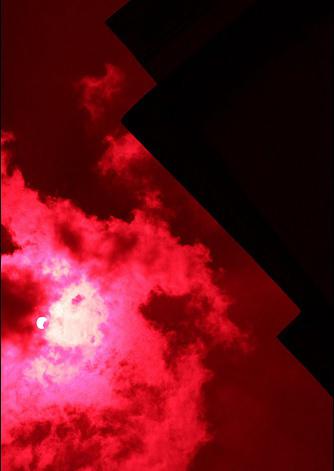
Solar eclipse 2010
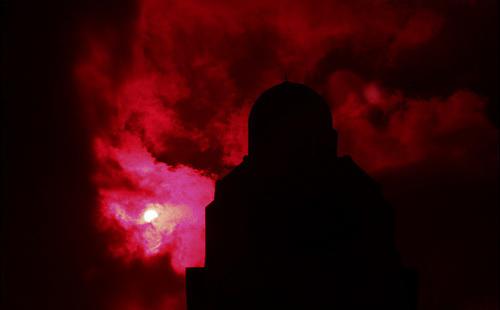
Solar eclipse 2010
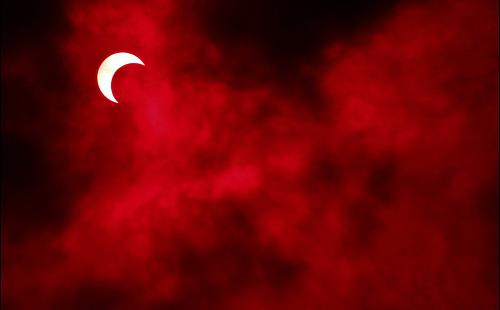
Solar eclipse 2010
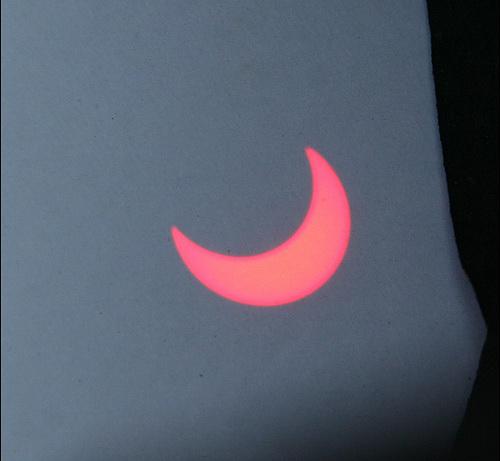
Solar eclipse 2010

Solar eclipse 2010

Solar eclipse 2010
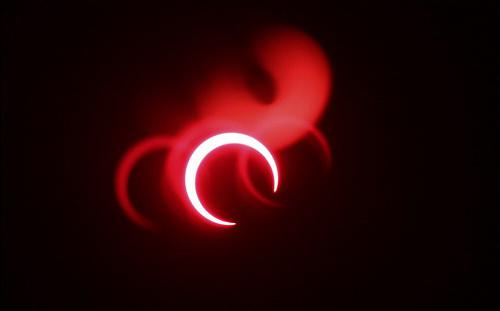
Solar eclipse 2010
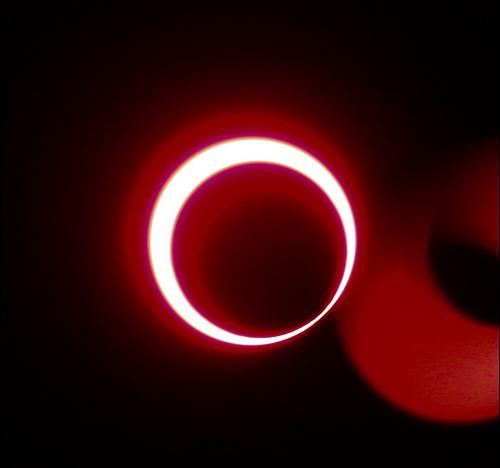
Solar eclipse 2010
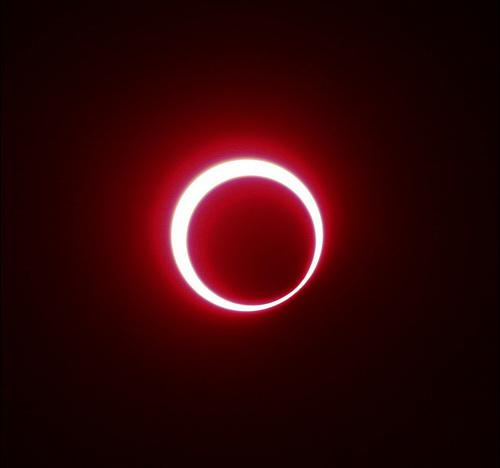
Solar eclipse 2010
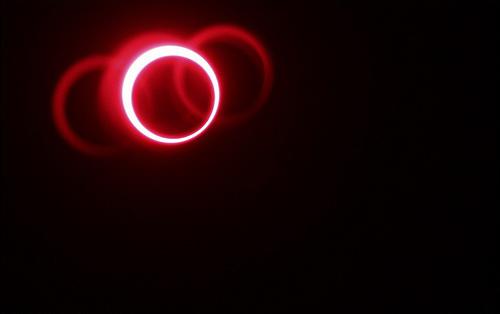
Solar eclipse 2010
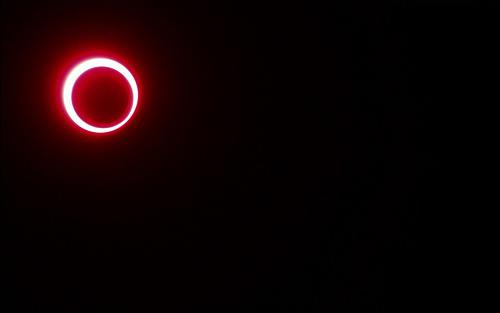
Solar eclipse 2010

Solar eclipse 2010
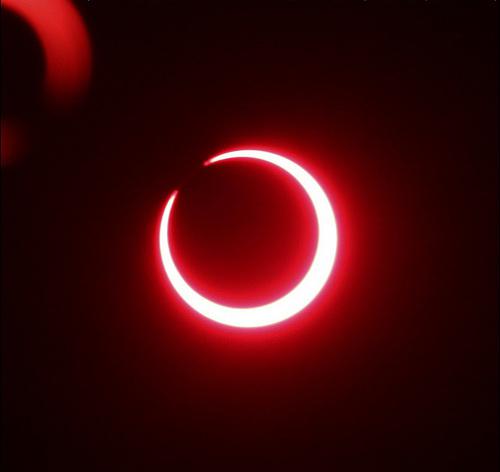
Solar eclipse 2010

Solar eclipse 2010

Solar eclipse 2010
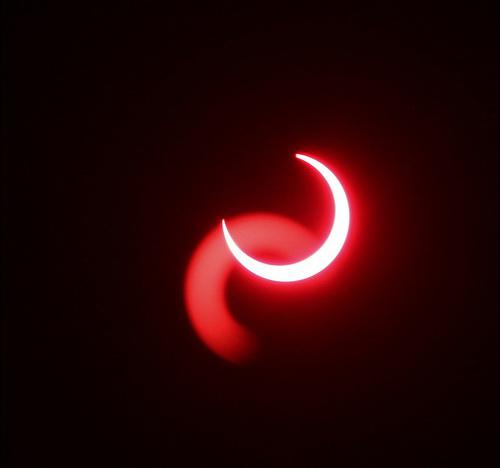
Solar eclipse 2010
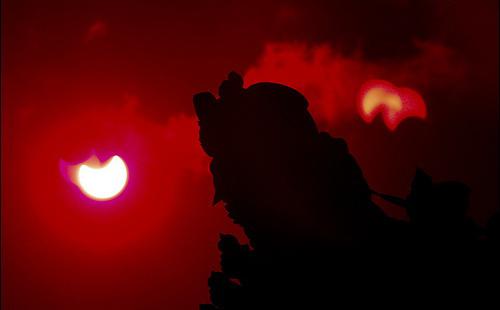
Solar eclipse 2010

Solar eclipse 2010
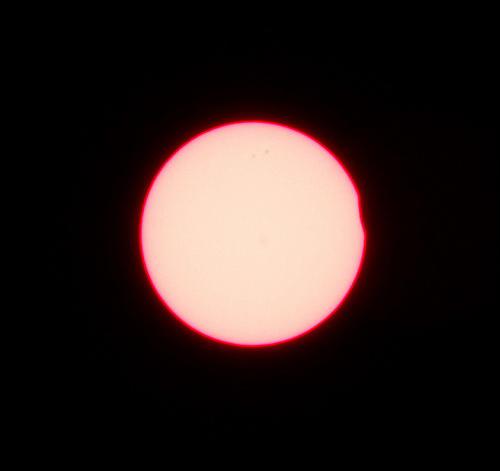
Solar eclipse 2010

Solar eclipse 2010

Solar eclipse 2010
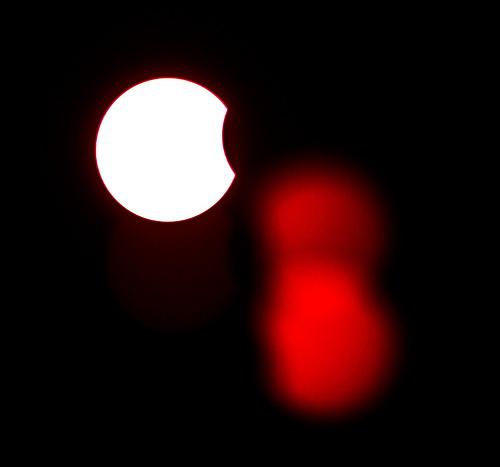
Solar eclipse 2010
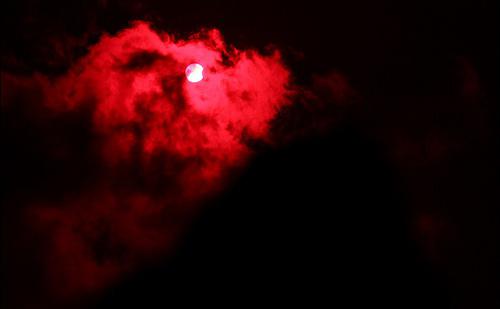
Solar eclipse 2010

Solar eclipse 2010
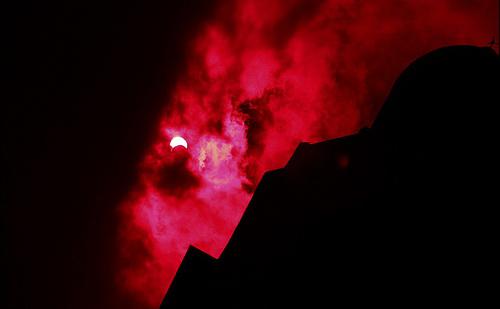
Solar eclipse 2010
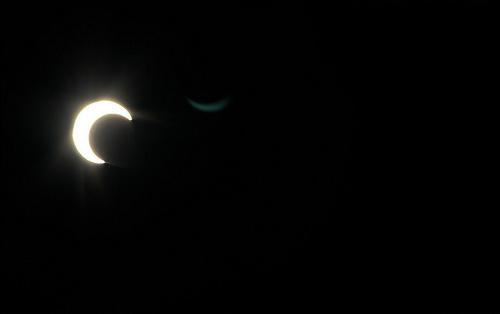
Solar eclipse 2010
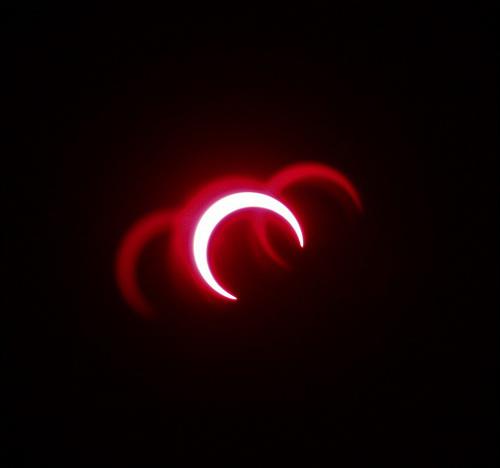
Solar eclipse 2010

Solar eclipse 2010
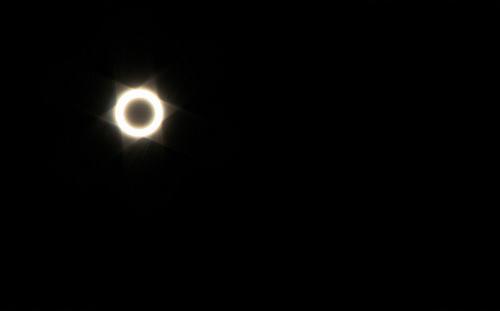
Solar eclipse 2010
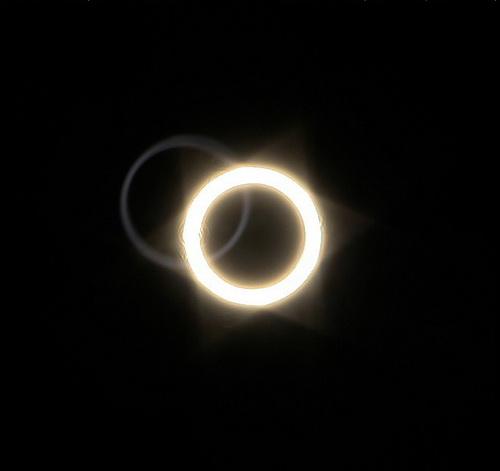
Solar eclipse 2010
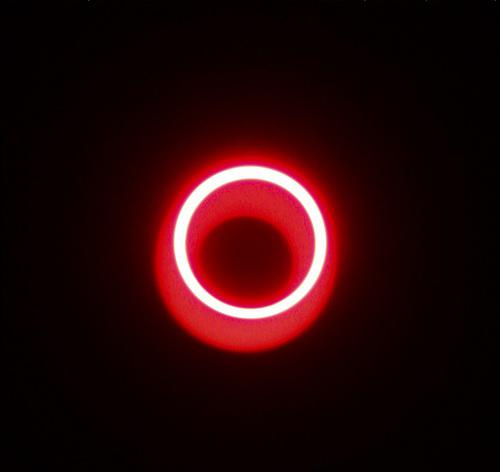
Solar eclipse 2010
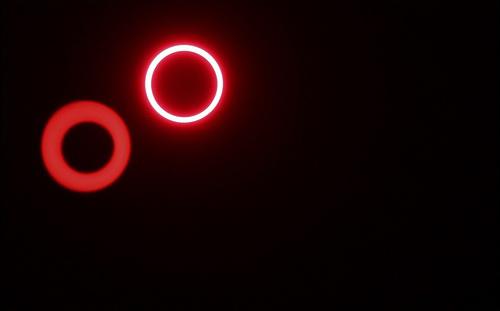
Solar eclipse 2010
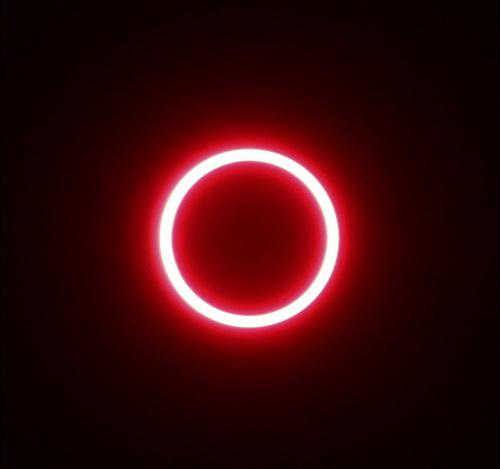
Solar eclipse 2010
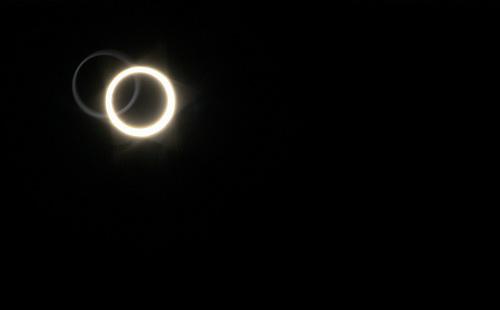
Solar eclipse 2010
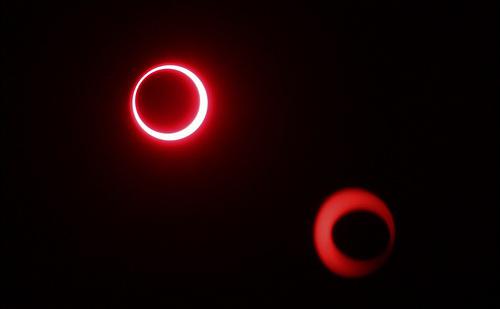
Solar eclipse 2010
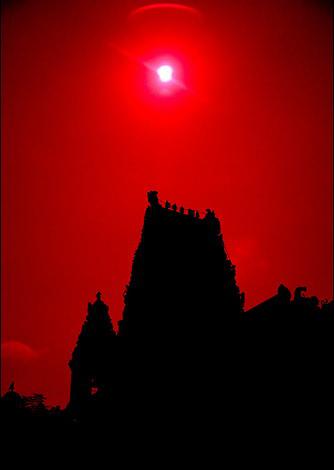
Solar eclipse 2010
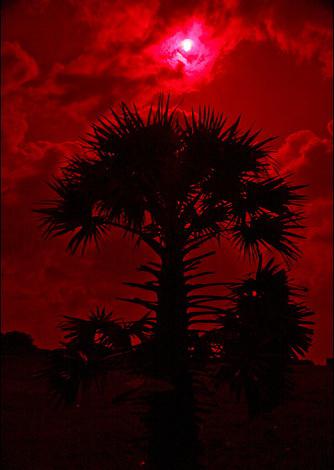
Solar eclipse 2010

The moon casts a shadow on the Earth, the satellite Aqua satellite NASA views from space. (Photo: NASA)
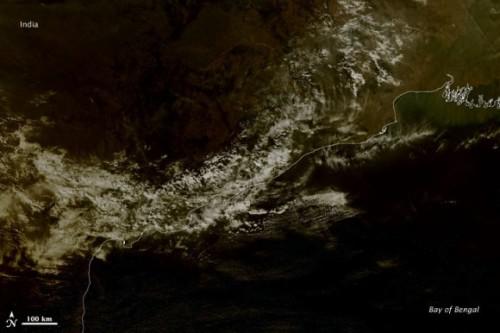
Solar eclipse 2010
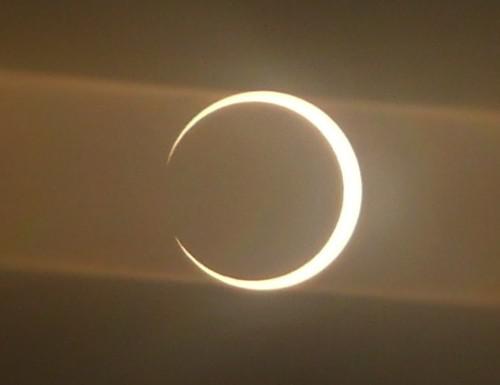
The solar chromosphere on prolonged exposure. (Photo: T. Kampschulte)
Another picture from the group astrophotographers in India. Due to the long exposure was able to see the chromosphere of the sun.
Usually during an annular eclipse little useful science, argues Jay Pasakoff, head of the research group of the Indian Institute of Astronomy. Since it does not become completely dark, we can not observe the solar corona, a diamond ring or a fantastically interesting and beautiful phenomenon which can be observed only with the full eclipse. Still, the annular eclipse in its own interest.

Source:
At the heart of the way the eclipse lasted 11 minutes and eight seconds, setting a record that will not be broken until 23 December 3043 year. The weather was favorable in many areas, providing excellent conditions for observation. I present to you some photos and videos of Daniel Fischer, who was in Varkala, India, and another group called Eclipse Hunt 2010 (eclipse chasers), to observe the phenomenon from Jaffna, Sri Lanka.
Annular solar eclipse of January 15, 2009. (Photo: Daniel Fischer, «cosmos4u» on Twitter, Elipse Hunt 2010). These pictures are made in the north of Sri Lanka. Photographers Shehal Joseph and Anthony Romain. They used a telescope Celestron NexStar 5se 1, 25m, and a notch filter.
Ring of Fire

Solar eclipse 2010

Solar eclipse 2010

Solar eclipse 2010

Solar eclipse 2010

Solar eclipse 2010

Solar eclipse 2010

Solar eclipse 2010

Solar eclipse 2010

Solar eclipse 2010

Solar eclipse 2010

Solar eclipse 2010

Solar eclipse 2010

Solar eclipse 2010

Solar eclipse 2010

Solar eclipse 2010

Solar eclipse 2010

Solar eclipse 2010

Solar eclipse 2010

Solar eclipse 2010

Solar eclipse 2010

Solar eclipse 2010

Solar eclipse 2010

Solar eclipse 2010

Solar eclipse 2010

Solar eclipse 2010

Solar eclipse 2010

Solar eclipse 2010

Solar eclipse 2010

Solar eclipse 2010

Solar eclipse 2010

Solar eclipse 2010

Solar eclipse 2010

Solar eclipse 2010

Solar eclipse 2010

Solar eclipse 2010

Solar eclipse 2010

Solar eclipse 2010

Solar eclipse 2010

Solar eclipse 2010

Solar eclipse 2010

Solar eclipse 2010

Solar eclipse 2010

Solar eclipse 2010

Solar eclipse 2010

Solar eclipse 2010

The moon casts a shadow on the Earth, the satellite Aqua satellite NASA views from space. (Photo: NASA)

Solar eclipse 2010

The solar chromosphere on prolonged exposure. (Photo: T. Kampschulte)
Another picture from the group astrophotographers in India. Due to the long exposure was able to see the chromosphere of the sun.
Usually during an annular eclipse little useful science, argues Jay Pasakoff, head of the research group of the Indian Institute of Astronomy. Since it does not become completely dark, we can not observe the solar corona, a diamond ring or a fantastically interesting and beautiful phenomenon which can be observed only with the full eclipse. Still, the annular eclipse in its own interest.

Source:
